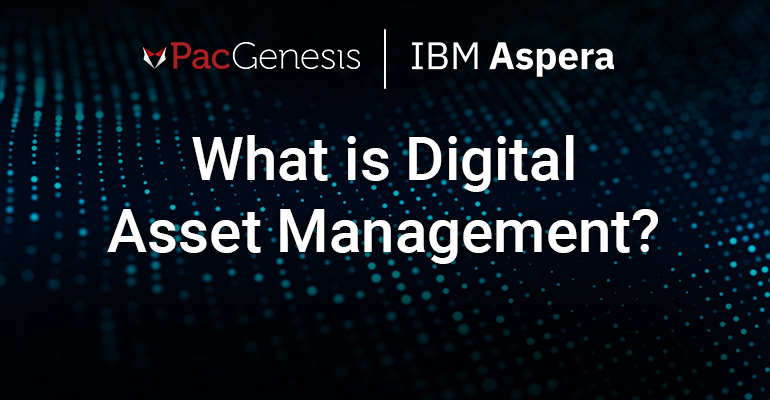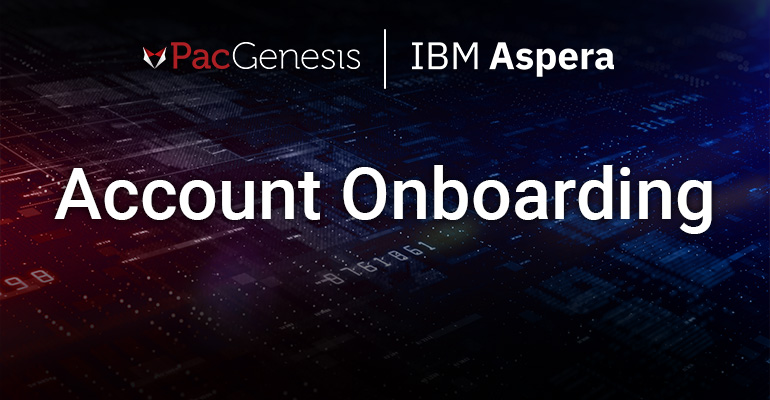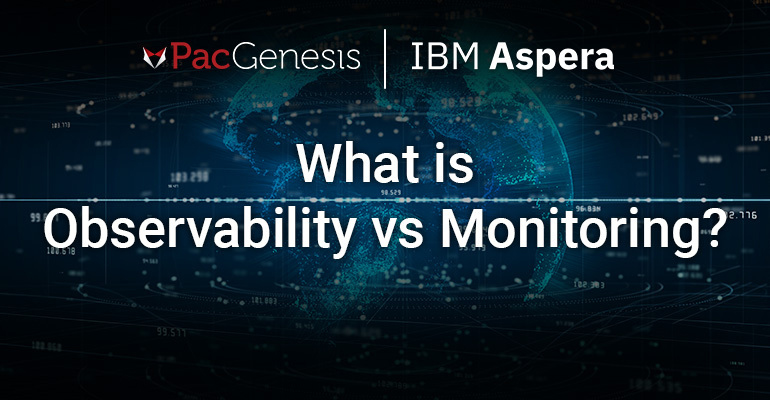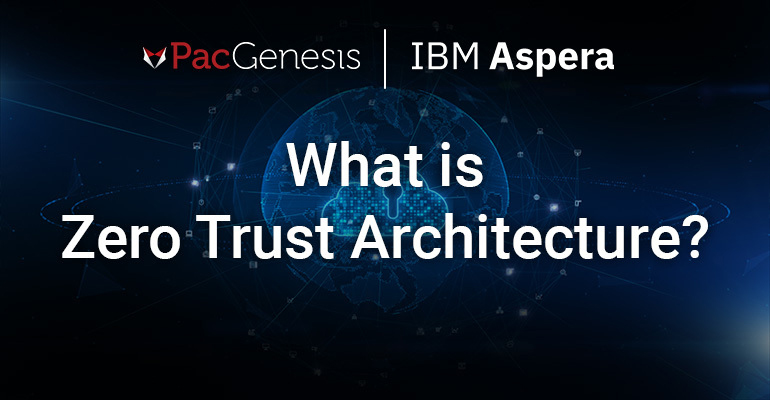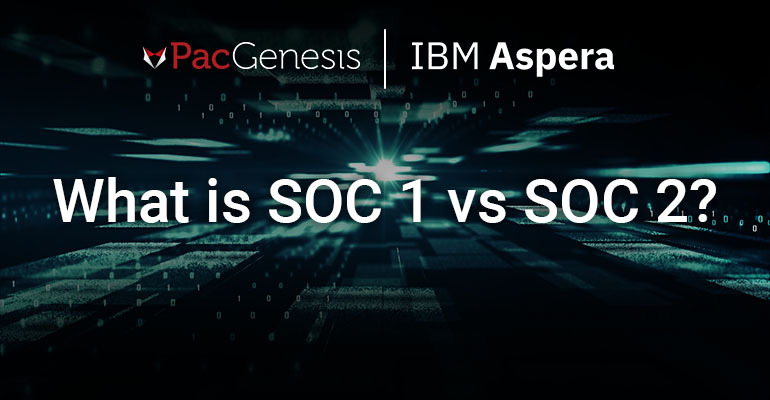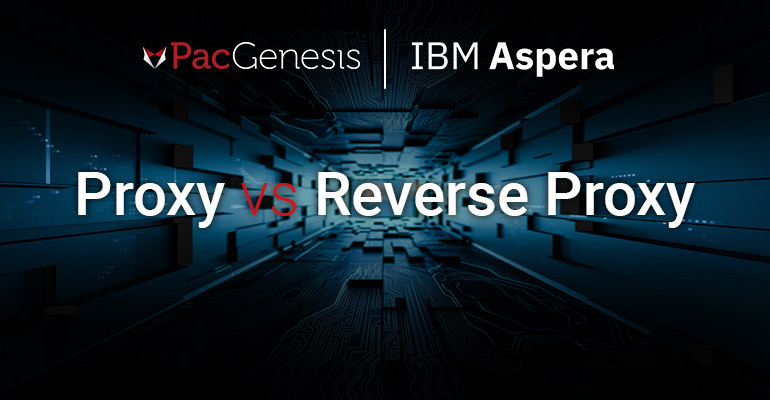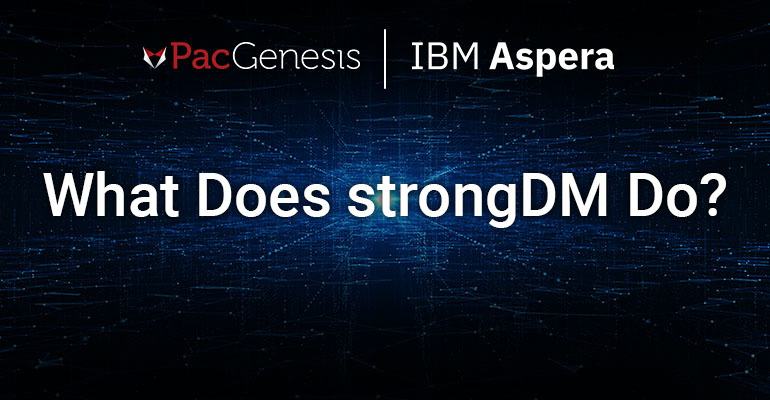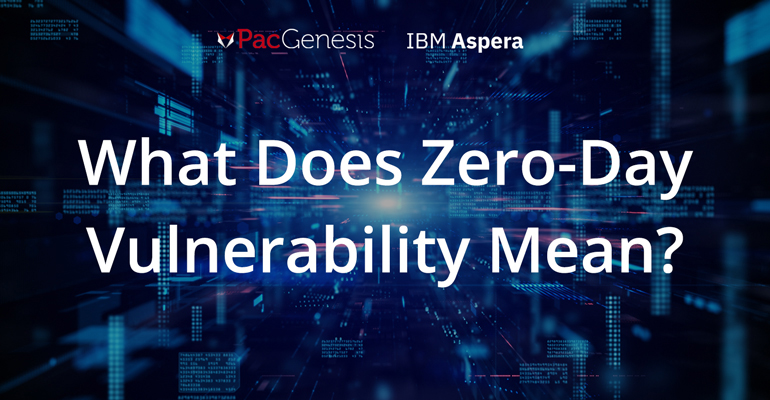What Is Filtering In Cybersecurity?
Content filtering is one of the most common security solutions used for businesses. The primary function of filtering in cybersecurity is to blog websites, emails, or other file types that could be unproductive or harmful. Filtering restrictions may be based on certain corporate use policies …
What is Digital Asset Management?
Digital asset management (DAM) is how businesses store, share, organize, find, and retrieve digital files from their library of content, media, images, videos, and more. It is how organizations keep and use the assets needed to grow their company, empower their sales teams, and share …
PacGenesis Partners with Top-Tier Technology Companies
PacGenesis is your trusted advisor for finding and implementing business solutions focused on digital file movement and security. We’re passionate about solving business challenges, which is why we partner with some of the most cutting-edge security and file transfer solutions to meet your company’s needs. …
Account Onboarding
Welcome, we’re glad to have you as an Aspera customer of PacGenesis, Inc! We hope to make your adoption of Aspera as smooth as possible, as such, we’ve consolidated a helpful list of information and links to help you get up and running as quick …
What is Observability vs Monitoring?
Observability and monitoring are often referenced when discussing IT software development and operations strategies. They both play key parts in keeping systems, data, and security perimeters safe. As more companies pivot their strategies from monitoring to achieving observability, it’s important to understand the difference between …
What is Zero Trust Architecture?
Zero Trust is an approach to cybersecurity that secures an organization by eliminating implicit trust and validating every stage of a digital interaction. It is designed to protect modern environments, enabling digital transformation by using strong authentication methods, leveraging network segmentation, preventing lateral movement, providing …
What is SOC 1 vs SOC 2?
SOC stands for “System and Organization Controls”, formerly Service Organization Control reports. SOC covers a suite of reports from AICPA that CPA firms can issue in connection with system controls at an organization. In total, there is SOC 1, SOC 2, SOC 3, and SOC …
What is the Difference Between Proxy vs Reverse Proxy
Businesses often use proxy servers to help prevent cyber attackers from accessing their private networks. It is an “intermediary” between end-users and the resources they visit online. However, there’s often confusion around how a standard proxy is different from a reverse proxy. What Is a …
What Does StrongDM Do?
The way people manage access to infrastructure has changed since the cloud. There are a plethora of servers, database management systems, and cloud providers. Trying to piece all of these platforms together can waste valuable time and damage the customer experience. Instead, companies need a …
What Does Zero-Day Vulnerability Mean?
When someone detects that a software or hardware contains a potential security issue, the vendor is notified appropriately in order to take action. Software companies will fix the code and distribute a patch or software update. However, if someone else has detected a vulnerability and …

